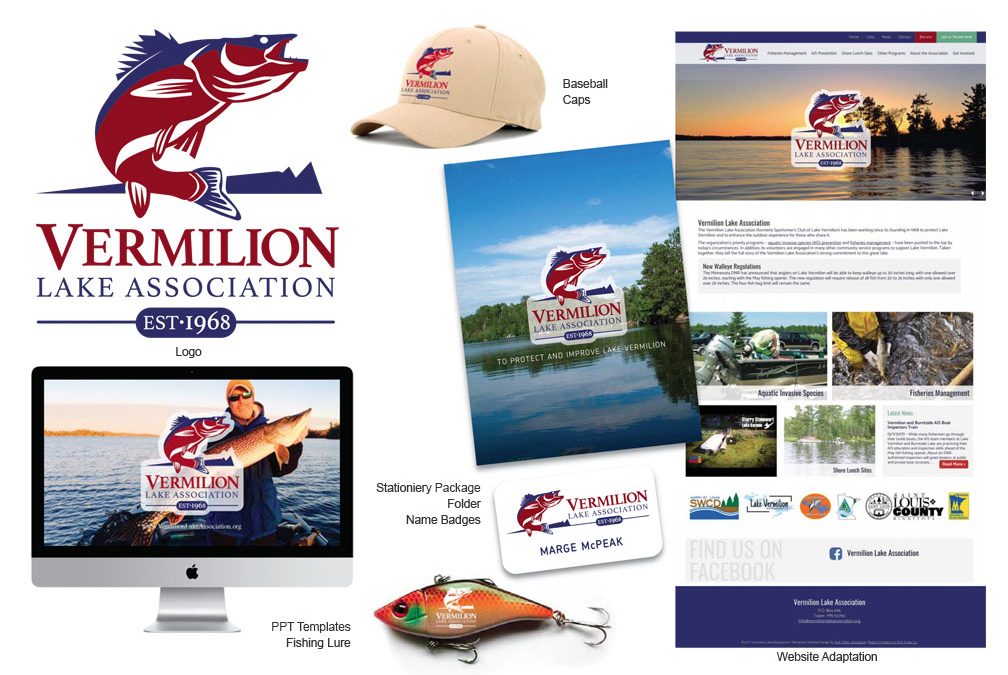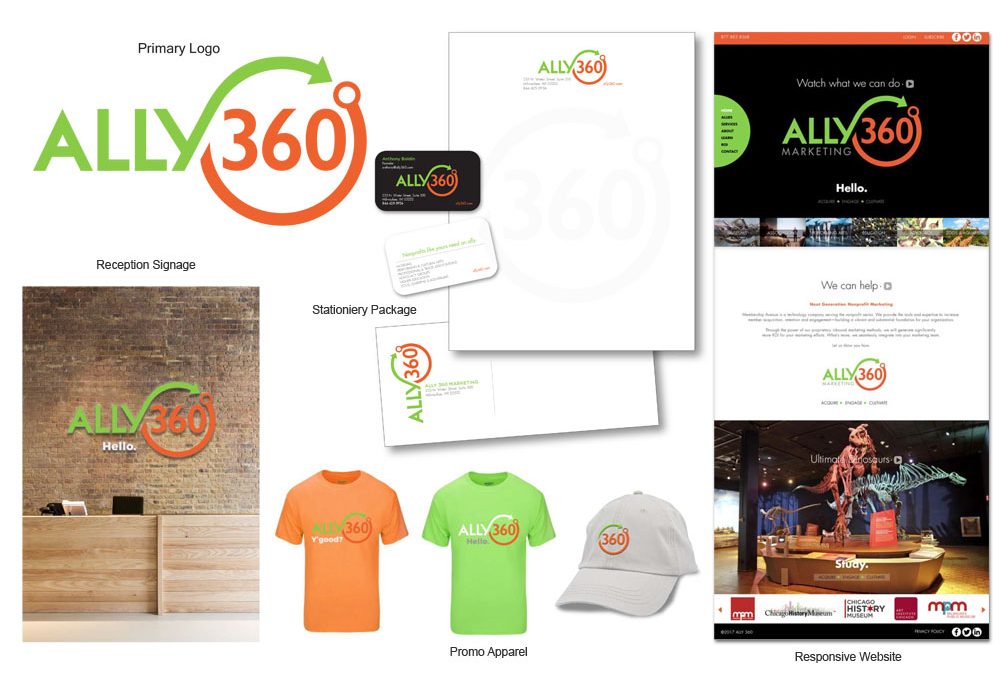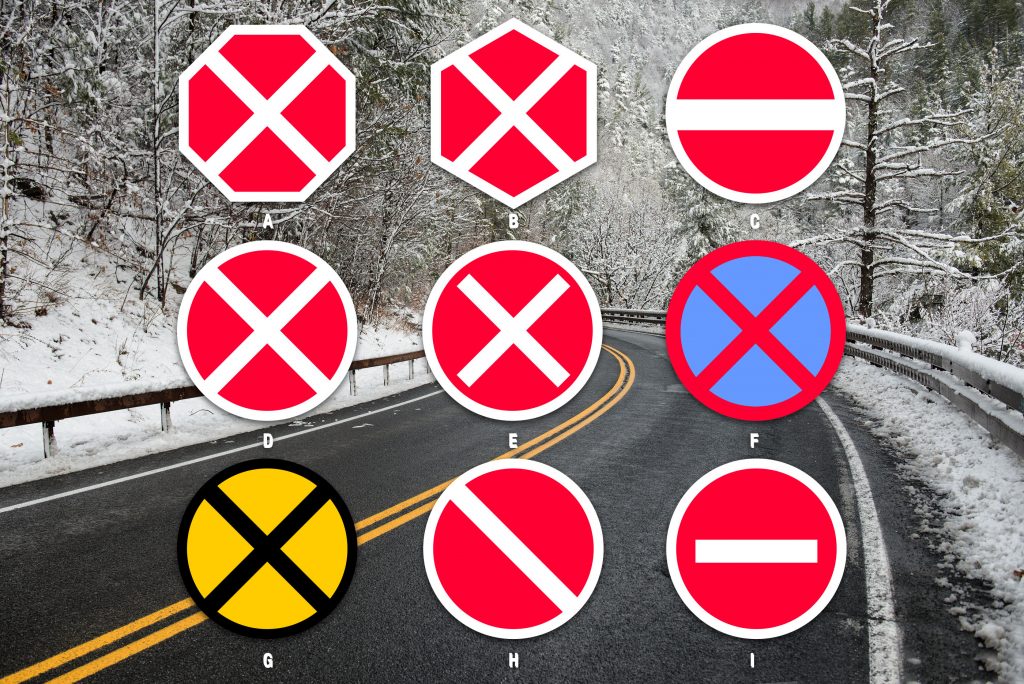This article first posted on LinkedIn 2/28/17
When’s the last time you screwed up in front of 33 million people? Pricewaterhousecoopers is the accounting firm, that, for 83 years has served the Academy (Academy of Motion Picture Arts & Sciences) unerringly. Then, in one awkwardly extended presentation, PWC’s accuracy and integrity were called into question with a mistaken reading at the very pinnacle of the show.
So what happens if you make a blunder that calls your entire business into question? Here are the first 3 steps to consider and commentary on the current Oscar debacle.
Step 1: Do you recognize that you’re IN A BRAND CRISIS? Sorry that you are, but good that you’re aware. Your first reactions are crucial. As I tell my children, “When you know that you just dug yourself a hole — stop digging.” In short, don’t make the situation worse.
PWC didn’t know until Ms. Dunaway read the wrong winner, because there were only two people on the planet that knew who the real winner was supposed to be — PWC Partners Brian Cullinan and Martha Ruiz. The Academy actually had a protocol to address just such a mistake, but it wasn’t followed. The confusion that extended for nearly two minutes, could have been knocked down to just a few seconds with the use of a “panic button” or call to the stage manager… Cullinan had handed the duplicate envelope for Best Actress to Warren Beatty, instead of for Best Picture.
Step 2: Step up and honor up. Admit your mistake (if you KNOW that it’s your mistake), but you may be able to use humor or initial sympathy to your advantage. Blaming others or offering speculation are not your friends. Your audience will eventually turn on you.
For the rest of the night, people assumed that Warren Beatty and Faye Dunaway has screwed everything up. Although Mr. Beatty seemed to know that something was amiss, he wasn’t courageous enough to simply ask for help. Ms. Dunaway was set up for failure by Beatty, by reading the first movie title she saw — they could have saved the night, but it’s not their fault. They did what they were asked to do, “just read the card.” Now the reputation of two Hollywood legends and the Academy itself, is forever tarnished.
The true blame lies squarely on the shoulders of PWC Partner Brian Cullinan who gave the wrong envelope to Mr. Beatty. Why didn’t PWC step up and try to mitigate that damage while the cameras were still rolling? Do you think a defamation lawsuit will be on it’s way? You can count on it. The only one who looked good in the mixup was La La Land Producer Jordan Horowitz who graciously, quickly and clearly corrected the error that had occurred. NOTE: His “brand” just rose a 1000{39d2d43da009d0c4a10d7085c374de39100bda20a3fdf9717a5356beaf449ffd}.
Step 3: Assess WHERE your public relations weakness lies. What part of your company is most at risk? With the general public? Your current clients? Or perhaps stockholders or vendors? You will need to address everyone effected, but start immediately with the greatest threat to your company. Understand that it’s your relationship that now is in question. Assume the worst and hope for the best… but get your side of the story (or apology) out there swiftly. Often, this is where having a Twitter presence is crucial — as your first responder insurance policy. With it, you can get in front of the story; not run over by a story waiting to be written by those who care nothing for your business or your clientele. Make sure you have a Twitter account and learn to use it. It might just save your business’ life.
PWC has tried to get in front of the story on Twitter, but their reaction has been tepid and slow. A lot of damage has already been done. Thankfully, for them, their trouble is not with the 33,000,000 viewers, but it is with their shareholders and more importantly, their current customers. The Oscar tabulation may be the most recognizable thing PWC does, but it is minor within the scope of their business. Understand that Pricewaterhousecoopers is a $36 billion firm, with over 220,000 employees worldwide and recognized as the most prestigious accounting firm in the world. It’s the 5th largest privately held company, too. That’s a huge plus, because no one gets to view a dramatically dropped stock price, but you can be sure that there are stakeholders in PWC who are mad as hell at Mr. Cullinan.
If you read through some of PWC’s tweets, you’ll see their apology. That’s good. But if you go back a couple of days, you’ll see images and video of all of the fun leading up to the Oscars. It leaves you feeling PWC is now hiding under a rock and makes their brand seem weak.
What would I advise? Get some video of all of the key PWC employees, especially Cullinan, to offer a real life accounting of what happened and how sincerely sorry they are for the gaff. Mea culpas work when they are sincere. People can spot a phony a mile away. Post a few video interviews of PWC clients (if you could get them) who could tell how they’ve benefitted by their relationship. It’s all part of a strategy that works to humanize an event gone wrong. Business leadership is most crucial when real leadership is called for. People will judge (and are judging now), “What kind of company is PWC?” Often, when a business follows these steps, they are strengthened, not weakened for the effort.
—
p.s. > If PWC can hold on to their Oscar gig for 2018, you can be sure that the host will crack jokes about it. Will PWC be prepared? By-the-way, who would you want writing the PWC zingers?
—
Mike Farley is the President of JSH&P, a small business branding firm located in Cedarburg, Wisconsin. He’s been a keynote speaker on branding, social media and marketing for small business. Learn more at JSH&P.com or at the JSH&P Facebook page.
#oscarsfail #pricewaterhousecoopers #fixyourfup









Recent Comments